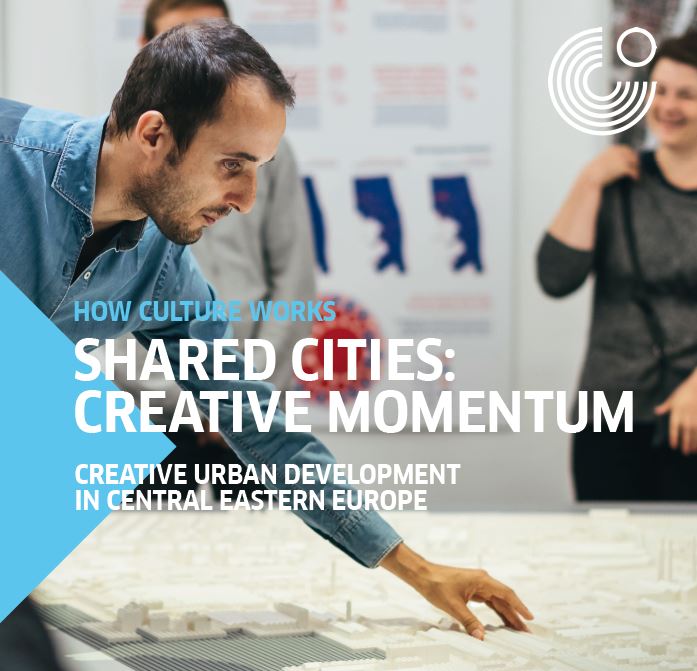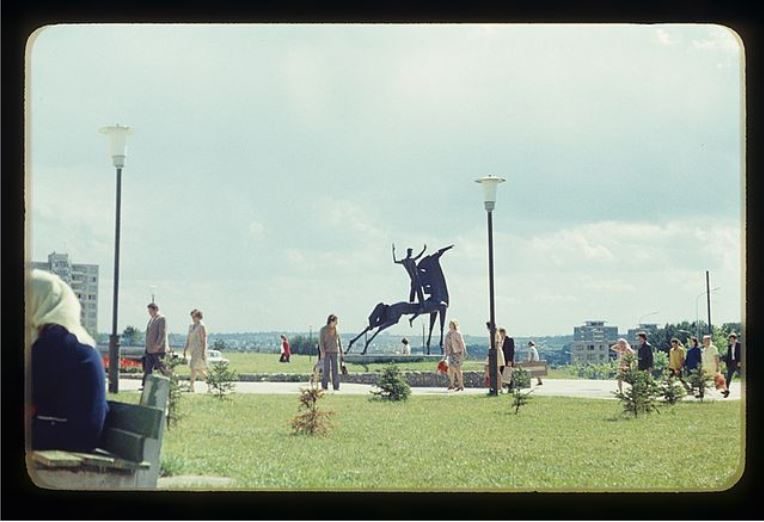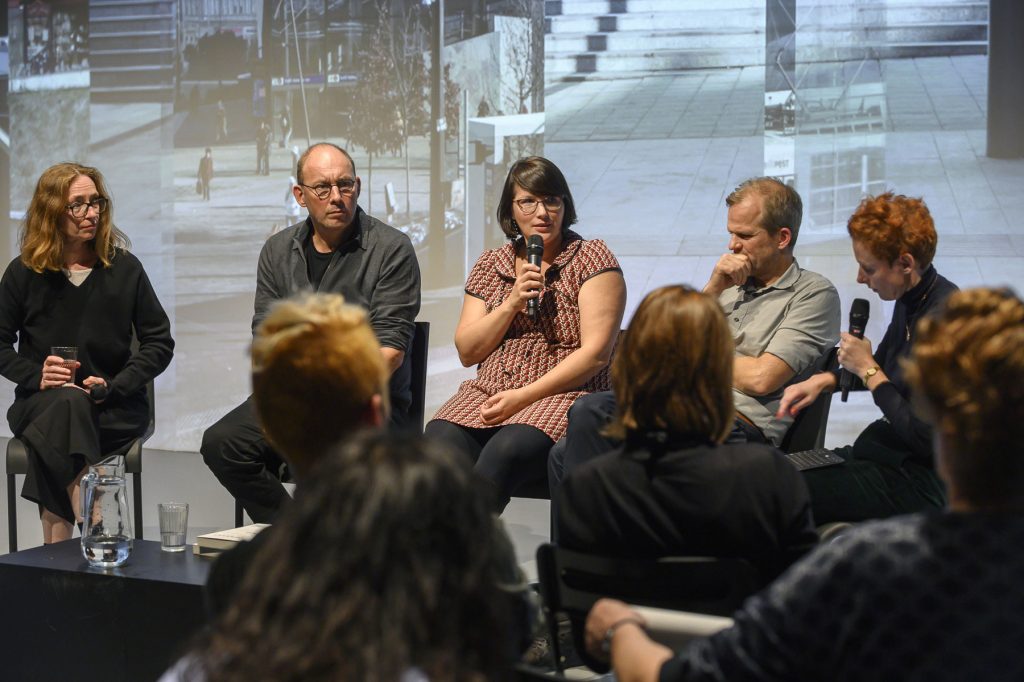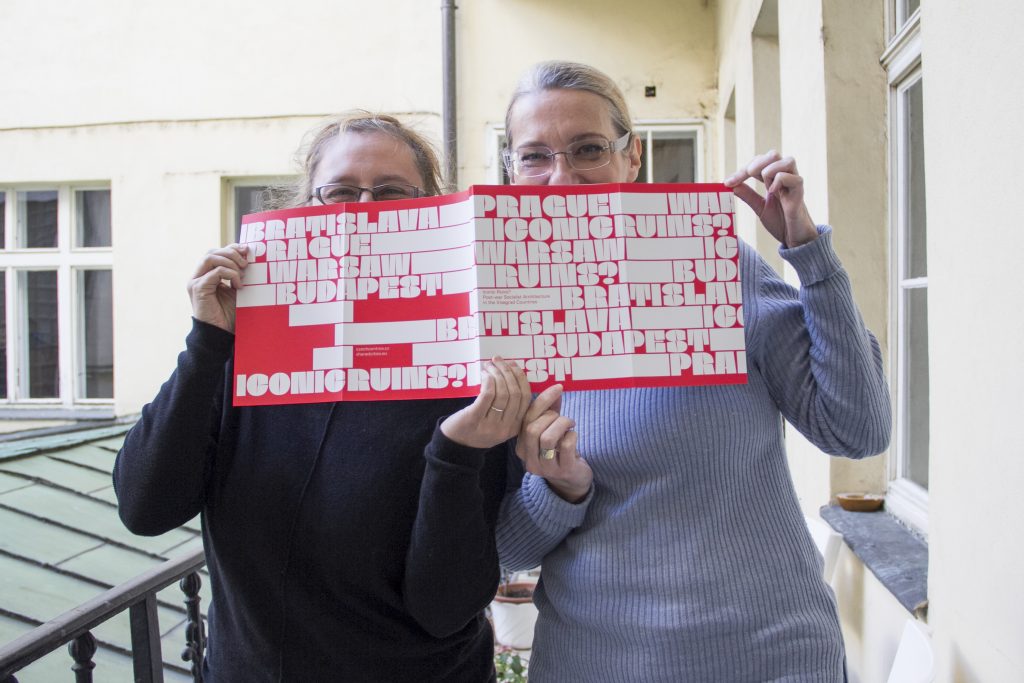
How Culture Works
"DOES EVERYTHING ALWAYS HAVE TO BE ASSESSED?" No. But when cultural work is financed with public funds, there is a necessity to evaluate.
Prague Permanent linkThis text lays out some considerations regarding socialist urban furniture with a view to better understanding the context in which post-socialist urban furniture functions.

Rytas Statue, Lazdynai, Vilnius (archive photo)
On the basis of a number of examples, it argues that the key characteristic of design elements in socialist urban planning was their embodiment of the connection of the individual to a wider social whole. With the collapse of communism, this frame disappears. Elements of the socialist built environment now remain as material evidence of the unfulfilled promises of the past, reminders of inhabitants??? current alienation in an unbound social context. The argument made in the text is that considering how to hack urban furniture in the post-socialist context requires engaging with the fact that the overall programme in which the society was written has already definitively collapsed. What roles might projects around urban furniture play in this context?

"DOES EVERYTHING ALWAYS HAVE TO BE ASSESSED?" No. But when cultural work is financed with public funds, there is a necessity to evaluate.
Prague Permanent link
The one-day programme was based on discussion formats with renowned European architecture theorists, curators and urban researchers.
Prague Permanent link
Within Shared Cities: Creative Momentum the Czech Centres realized the "Iconic Ruins?" exhibition and an economic impact evaluation of the project. How does the future of the exhibition look like? What are the benefits of having an economic analysis of the project? Find the answers in the interview with Ivana ??ern?? and Sandra Kar??csony from the Czech Centres / ??esk?? Centra in Prague, Czech Republic.
Prague Permanent link